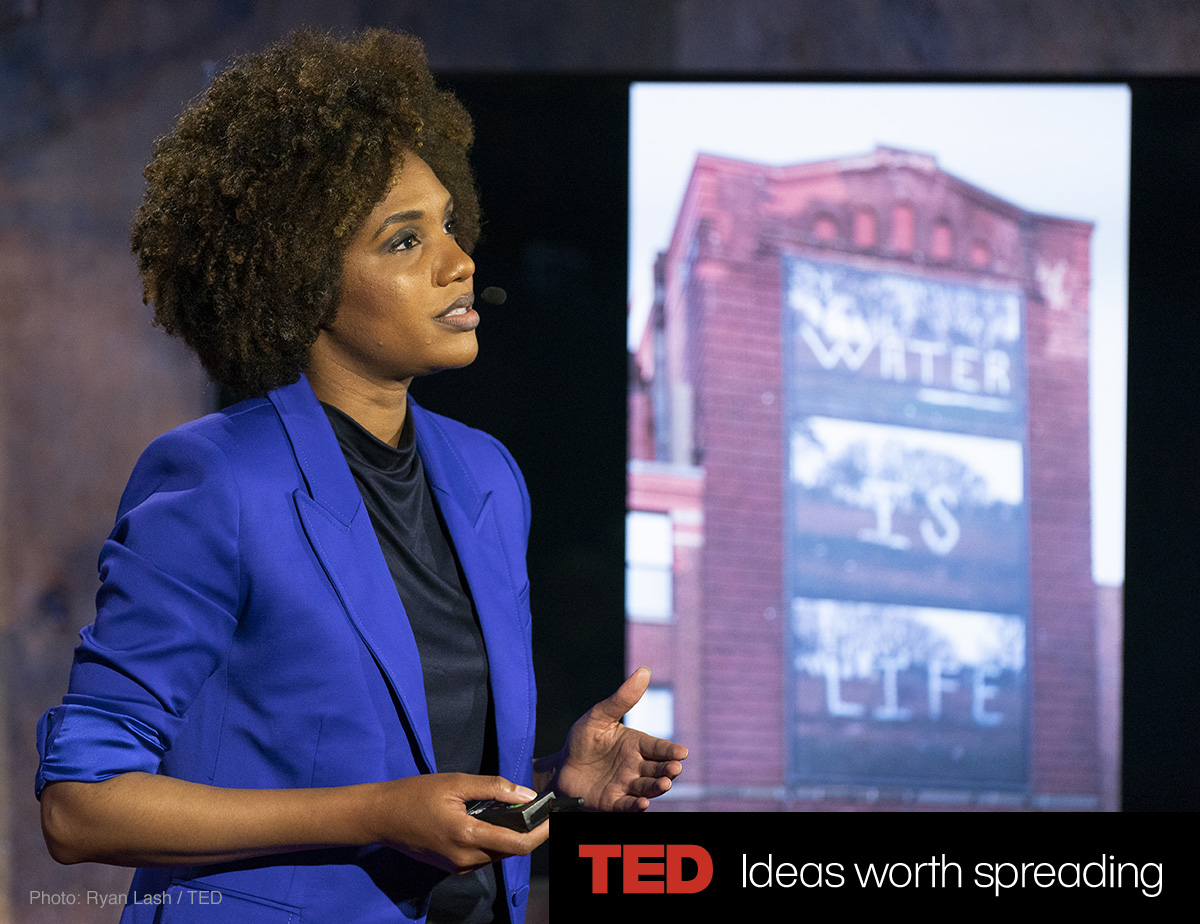In San Francisco, Wielding Influence (Gently) Through Art
The New York Times
by Ted Loos
“Soft Power” looks at how creativity helps to shape society.

“Soft Power,” at the San Francisco Museum of Modern Art through mid-February, epitomizes its era in that it looks self-consciously at the ways in which cultural influence is exerted, with special attention to previously hidden voices.
“The title is a twist on the Reagan-era phrase,” said Eungie Joo, the museum’s curator of contemporary art, who conceived the show.
In the late 1980s, the phrase, coined by Joseph S. Nye Jr., the political scientist, was employed in a foreign policy context. It referred to the ability of the United States to influence countries’ behavior without coercion or force, through cultural institutions, universities, churches, media or other civic means.
For Ms. Joo, it helped her organize her thoughts about “a generation of artists who are concerned with their role in society as citizens and social actors.”
The exhibition features 20 artists, some of whom have done special commissions for it, and it has an international flavor — perhaps ironically, given the title’s original all-American slant. Many of the participants were born outside of the United States or work in other countries.
The roster includes some contributors like the American photographer LaToya Ruby Frazier, who have had substantial museum exposure, and others like the Turkish artist Cevdet Erek who may be new to viewers.
The title and concept were especially appealing to the artist Tavares Strachan, who grew up in Nassau in the Bahamas and now lives and works mostly in New York.
“‘Soft power’ is a contradiction in terms,” Mr. Strachan said over the summer, on a brief break from creating new work in his large Chelsea studio. “But yin and yang is a fundamental part of making anything compelling.”
Courtesy of: The New York Times







